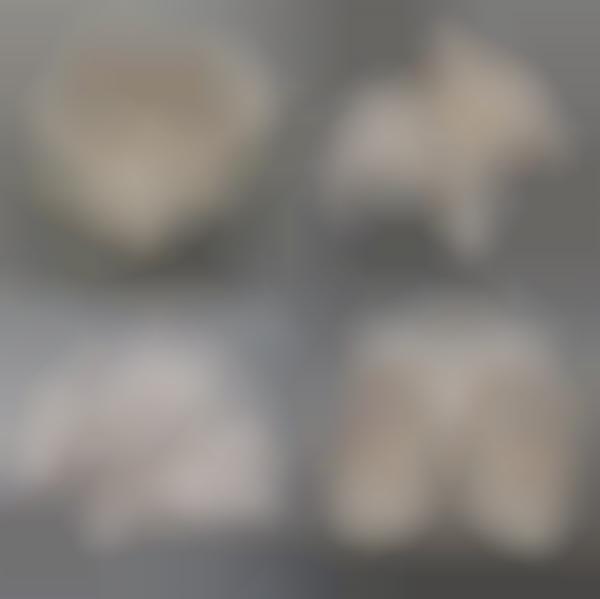

In the ancient world, as well as the sort of ornamental designs in plaster relief that are still used, plaster was also widely used to create large figurative reliefs for walls, though few of these have survived. In art, lime plaster is the traditional matrix for fresco painting the pigments are applied to a thin wet top layer of plaster and fuse with it so that the painting is actually in coloured plaster. Various types of models and moulds are made with plaster.

In dentistry, plaster is used to make dental models by pouring the material into dental impressions. In medicine, plaster orthopedic casts are still often used for supporting set broken bones. Plaster is suitable for finishing rather than load-bearing, and when thickly applied for decoration may require a hidden supporting framework, usually in metal.įorms of plaster have several other uses. Plaster can be relatively easily worked with metal tools and sandpaper and can be moulded, either on site or in advance, and worked pieces can be put in place with adhesive. The reaction with water liberates heat through crystallization and the hydrated plaster then hardens. The plaster is manufactured as a dry powder and is mixed with water to form a stiff but workable paste immediately before it is applied to the surface. The most common types of plaster mainly contain either gypsum, lime, or cement, but all work in a similar way. Another imprecise term used for the material is stucco, which is also often used for plasterwork that is worked in some way to produce relief decoration, rather than flat surfaces.

In English, "plaster" usually means a material used for the interiors of buildings, while "render" commonly refers to external applications. Plaster is a building material used for the protective or decorative coating of walls and ceilings and for moulding and casting decorative elements. A plaster low-relief decorative frieze is above it. Fun to make and great to give as gifts, handmade crafts are made easier with reusable metal candle molds, silicone jewelry and soap molds, and plaster or glass slump molds, hump molds, and drape molds for making beautiful art glass creations.Stucco (plaster) reliefs such as this work at the Chateau de Fontainebleau were hugely influential in Northern Mannerism. Make soap, jewelry, candles, stepping stones, ceramic embellishments, and more with pre-made casting molds. Find release agents for a seamless molding experience. Resin jewelry molds contain multiple shapes for making jewelry and embellishments. Shop for life and body mold making materials that include plaster cloth, plaster bandages, and kits for casting hands, bellies, and other body parts.Ĭast fine art, create special effects, encapsulate objects, and create a clear, durable finish on tables and more with resins that cure to a hard finish within hours. Find casting plaster, hydrocal, casting stone, Plaster of Paris, and lightweight casting and carving materials that look and carve like stone. Other casting materials include plaster cloth for sculpture, mask making, jewelry, and craft projects.

Silicone and rubber mold kits are ideal for novice users who don’t have access to specialized mold-making equipment. Find urethane rubber for making molds to reproduce sculpture, prototypes, and architectural elements, silicone rubber for casting polyester, epoxy, masonry, and wax with no release agents, and rubber latex for casting.
#Plaster art skin
Blick carries a range of silicone and rubber for mold making and casting such as liquid latex, latex casting rubber, and platinum silicone rubber for creating masks, skin appliances, body parts, and special effects for theater and cosplay use.


 0 kommentar(er)
0 kommentar(er)
